Class Of '79 - Were Aspiring Art Students Wrongly "Crushed"?
Heating up a 40 year-old cold case - was the Fine Arts University Entrance process flawed? The Big Idea discovers that information is literally more closely guarded than war secrets.
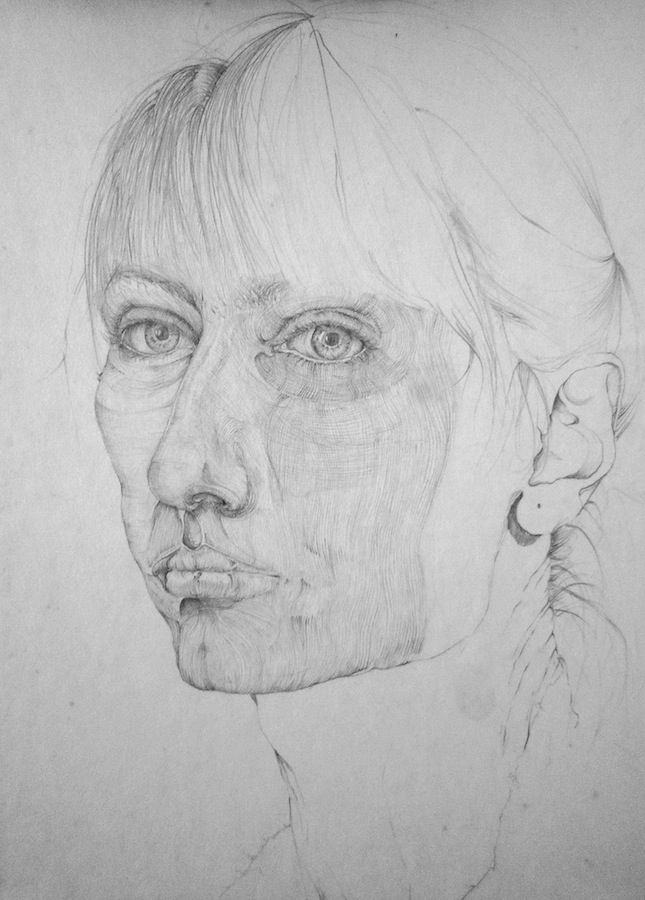
44 years ago, Viky Garden was 17 and had returned to her high school, St Catherine's College in Kilbirnie, Wellington, to sit her Fine Arts preliminary exam.
This was part of what was then University Entrance - an incredibly stressful time in any young person’s life.
Garden was one of only three prelim students at St Catherine’s, tutored that year by celebrated artist, art teacher and feminist Vivian Lynn.
It was 1979 - Muldoon was in the country’s driving seat, and Sharon O’Neill and Th’ Dudes were on the radio. Garden wanted to be an artist. That was her dream.
For the internal assessment, Lynn awarded Garden a very high mark – one of the highest the art teacher had ever given, as Garden would later find out – and one of the others was failed. Garden’s future looked bright.
With optimistic anticipation, Garden awaited her external marks. These arrived a month later and to her shock, she had been failed. It would also turn out that the student who had been failed by Lynn had received the highest makes of the three.
Now, these things can happen quite fairly, and sometimes be dismissed as sour grapes. But Garden was devastated by this, effectively blocked from professional art training at university level.
Lynn was deeply perturbed and - with St Catherine’s head teachers - approached the Board of Education requesting a reassessment on the chance there had been some kind of bureaucratic mix up or error.
This was refused.
Career, interrupted
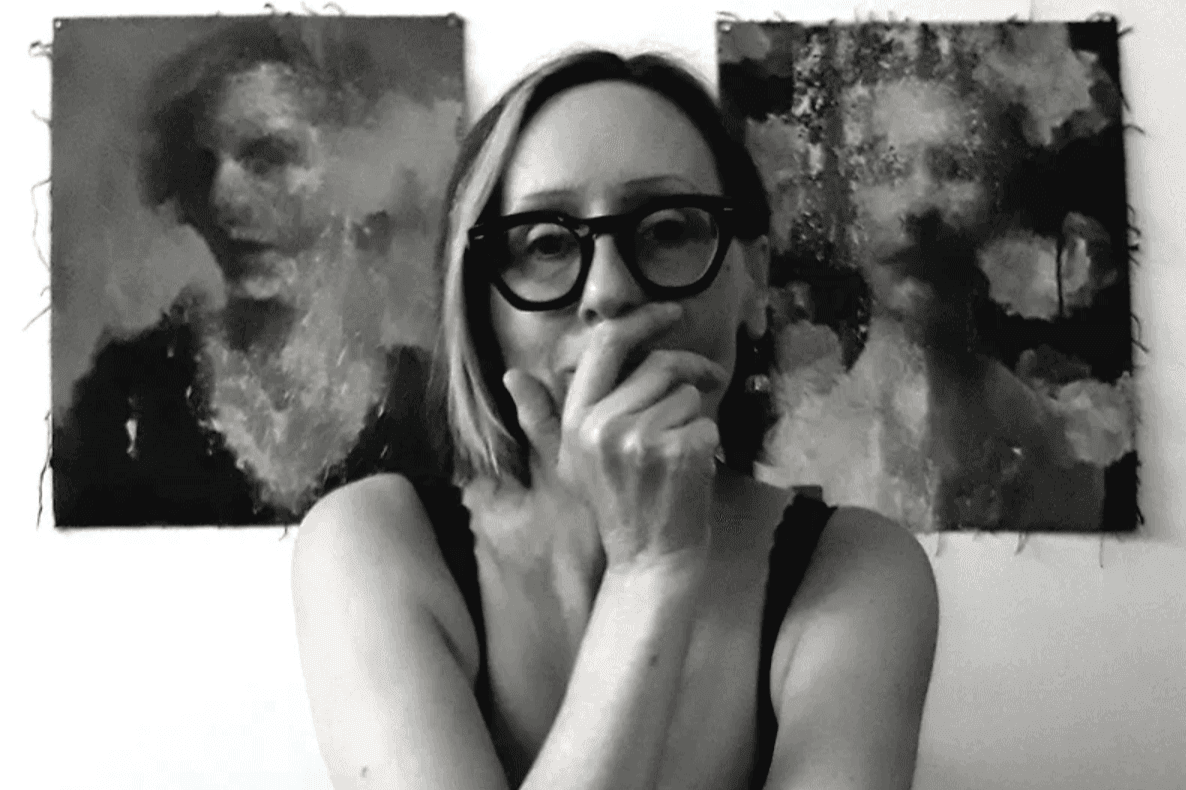
It would be a decade before a "crushed" Garden felt confident enough to pick up a brush again.
“I began painting at 27,” she says, “very aware then as now, that my status outside academia would always be of exclusion – my inability to link myself to a class of peers would always hamper my level of acceptance within the tertiary art establishment.
"I have been a practicing artist for over 30 years. I have had over 20 solo exhibitions here and overseas, where my work has won recognition. This has been achieved without any public funding or support.”
Today, Garden is a full time artist, and with renewed confidence, in 2022 she decided to contact the universities board - Universities New Zealand | Te Pōkai Tara - with information about the exam in order to better understand what had happened, that would perhaps, as she says, “go some way toward healing an old wound”.
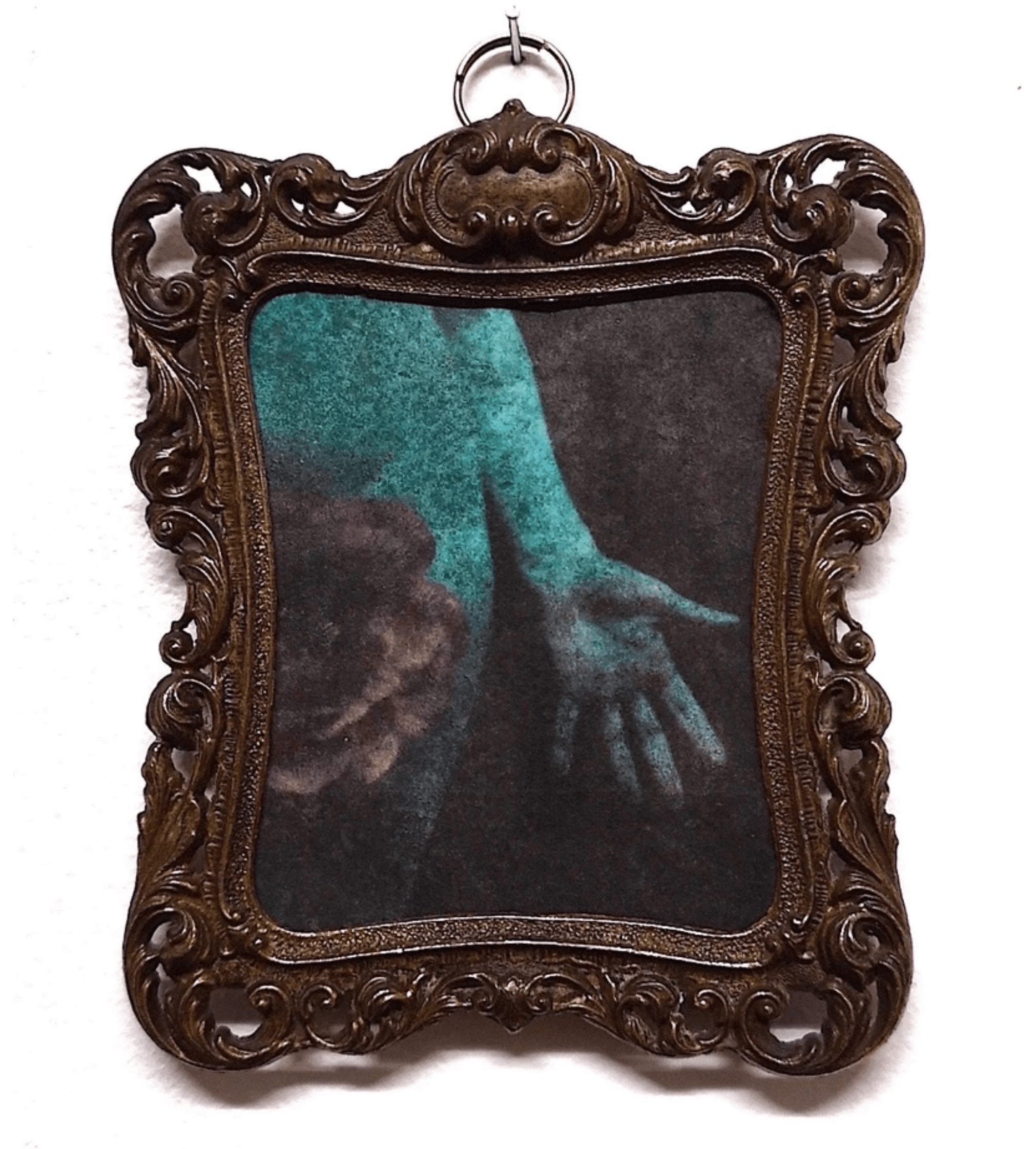
Te Pōkai Tara responded that the requested information could not be supplied as it might reveal private information about other students at the time and was therefore embargoed for 70 years from the date of the examination.
Bear in mind that for war secrets there is only a 50-year nondisclosure period in New Zealand law.
The plot thickens
If that were the end of it, many would simply have shrugged and moved on, however Te Pōkai Tara did supply the interesting information that there had been a lot of correspondence from schools and concerned parents regarding the 1979 art practical from around the country.
They included two letters dated 1980 - one from the Secretary of the University Entrances Board in response to a Mr Beardsley of Christchurch, attempting to justify why his daughter’s external mark for practical art bore no resemblance to that awarded by the school:
“I still interpret your main concern to be the difference in mark between the school assessment for Practical Art and the official University Entrance result. I hope I have made the Board’s position clear. In broad terms for Practical Art we get all submissions in the one place, we employ a large and experienced panel and get as many as possible to assess the work of each student. Overseas experience suggests that such multiple evaluation procedures give a just rank order.
"I am confident that in 1979 that the submissions were uniformly and fairly examined. Your daughter’s position in the rank order is translated into a mark of 37 in the examination.
“The fact that a higher mark was awarded in the school situation does not imply that the teachers is [sic] incompetent. Examining authorities have always recognised that teachers in all subjects can relate the performance of their students within their class but it is quite a different matter relating that performance to other classes in other schools. This is one of the reasons for setting up Boards charged with the responsibility of administering national examinations.”
Again, one might fairly and objectively dismiss this as the overly protective parenting. No doubt parents write such letters to NZQA to this very day - but the second letter causes significant and more intrigued pause.
It was from A. L. Beyer, President of the Auckland Secondary Art Teacher’s Association, and suggests something altogether more concerning took place in 1979.
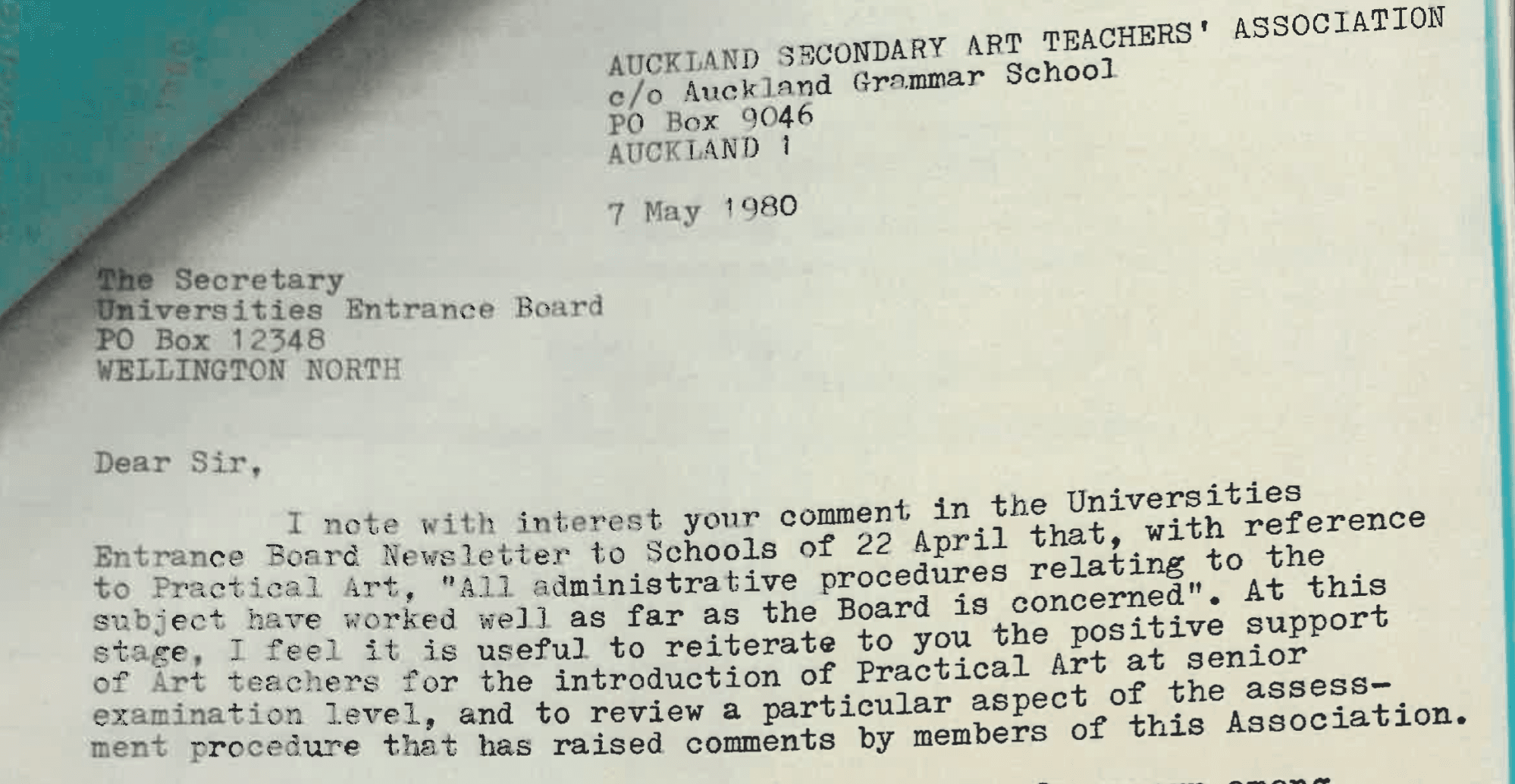
Though lengthy, it is worth recounting in full:
“I note with interest your comment in the Universities Entrance Board Newsletter to Schools of 22 April that, with reference to Practical Art, 'All administrative procedures relating to the subject have worked well as far as the Board is concerned'.
"At this stage, I feel it is useful to reiterate to you the positive support of Art teachers for the introduction of Practical Art at senior examination level, and to review a particular aspect of the assessment procedure that has raised comments by members of this Association.
“Throughout this term, the major cause of concern among secondary Art teachers in the Auckland region has been the occurrence of cases of significant variance between the final assessed mark of University Entrance Practical Art candidates and the mark submitted internally for accrediting within the schools. In response to the enquiries of members, the Association Executive distributed a questionnaire … seeking specific information and to ascertain the extent of the problem.
“Among the replies of the twelve schools who returned the questionnaire, there were some startling anomalies: In the most extreme case, a candidate had received an increase of 54 marks over the assessment submitted for accrediting in Term III. Thirteen cases of shifts up or down of 25 marks or more were reported.
“For Art teachers, the disturbing aspects of this matter are the changes that have taken place in the rank order within UE Practical Art groups and the resulting decline of teachers’ confidence in their own assessment procedures. There is also the urgent question of teacher guidance of the candidates they are preparing for examination this year.
"Almost unanimously it was suggested that the school’s assessment should accompany the submissions of non-accredited University Entrance candidates as, is the practice in Bursary Practical Art. This would provide some basis for effective comparison and moderation.
“I have retained the information that was submitted to the Association and am willing to make this available for investigation by the Universities Entrance Board, if this is appropriate. The schools involved are mainly ones in which Art is well established and staffed by experienced teachers.”
What happened in 1979?
Far from being an isolated example, something seems to have gone seriously wrong in the UE Art external examination process in 1979.
We may never know how many, like Garden, had their hopes dashed and were put off a career as an artist; how many future talents were stifled by disappointment – what might have been?
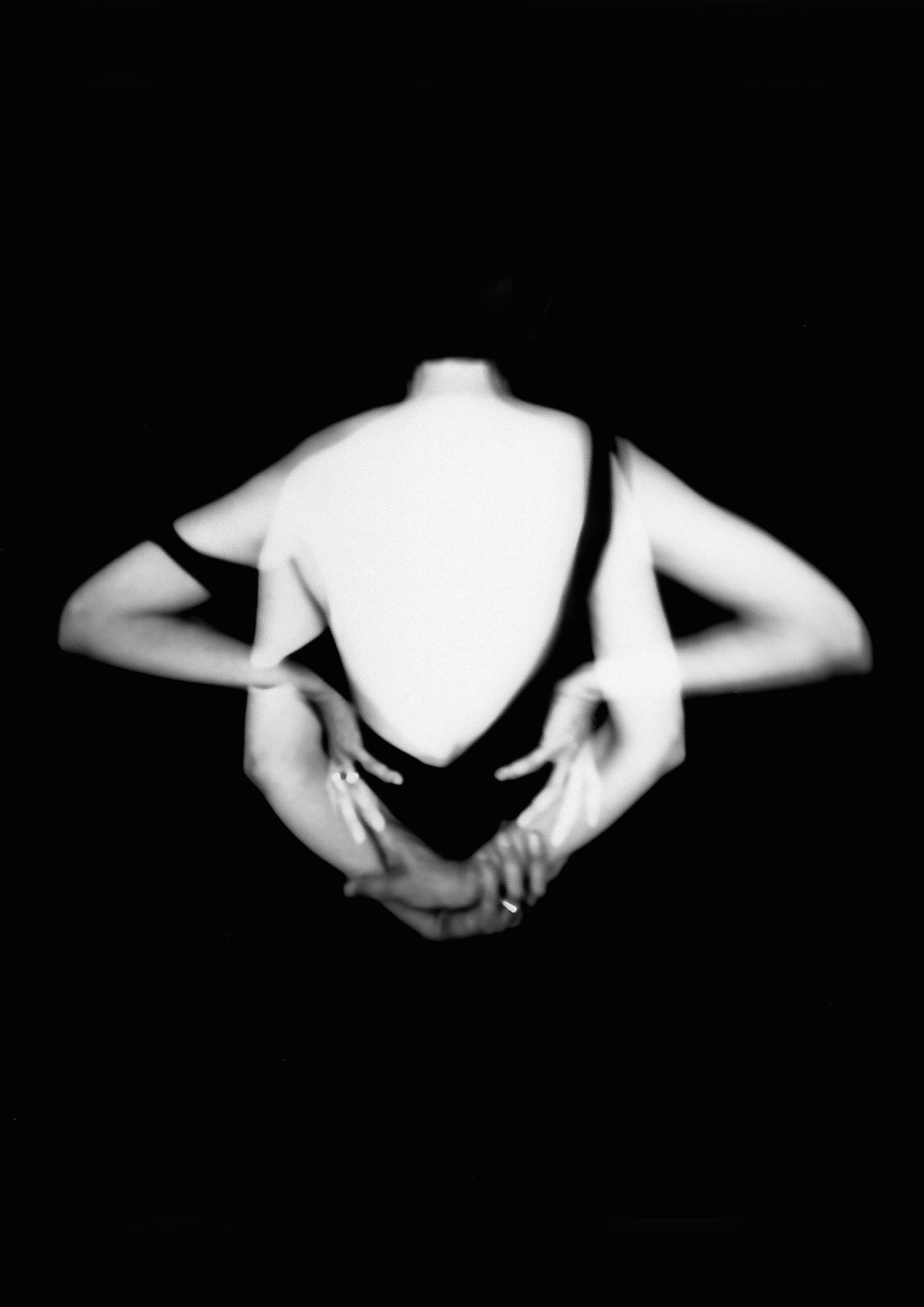
Nothing appears to have come from Beyer’s letter, and according to Te Pōkai Tara’s correspondence with Garden, no examination decisions for that year were reversed.
There is also the matter of - as Beyer spells out - the undermining of the confidence of art teachers around the country in their own teaching ability and judgement.
Until her death in 2018, Lynn remained in touch with Garden - throughout decades of their friendship, emailing her assurance her that it was not the student that failed, but the system that failed the student, puzzling over what could possibly have happened.
We may never know what happened in 1979. As Te Pōkai Tara cannot release or lacks the pertinent information about who the assessors were and what the basis of their decisions, it might remain a mystery, though The Big Idea will continue looking into the matter.
It would be a healing thing to have some answers before Garden is in her late 80s and more information released from secrecy.